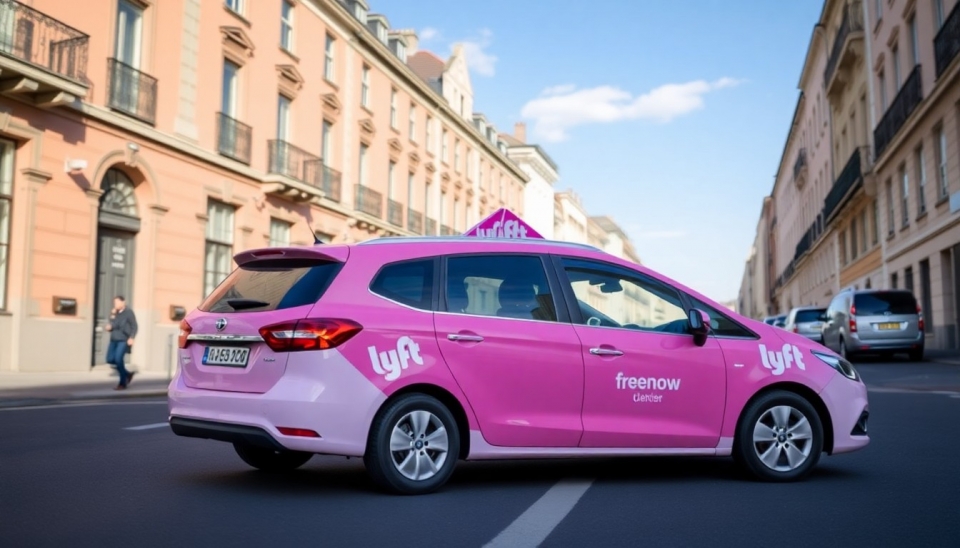
Lyft Inc. has recently released its initial projections for the first quarter, which have sparked concern among analysts and investors alike. The ride-hailing giant anticipates subdued growth in its bookings and a lower-than-expected profit margin, painting a bleak picture for the upcoming quarter.
In a statement released earlier this month, Lyft forecasted first-quarter earnings that fell short of Wall Street expectations. The company's projected revenue for the quarter is expected to fall between $1.05 billion and $1.1 billion, which some analysts note does not capture the enthusiastic demand that typically fuels the ride-sharing sector. Analysts had pegged estimates at approximately $1.15 billion, highlighting a shortfall that could indicate underlying issues within the company’s business model or market strategy.
Additionally, the company revealed a profit outlook that is less optimistic than what investors might have hoped for. Lyft predicts earnings before interest, taxes, depreciation, and amortization (EBITDA) to be substantially lower than previous quarters. This has led to speculation about whether Lyft can sustain its competitive edge amid an increasingly challenging market, particularly as rival companies continue to innovate and expand their services.
Market analysts have particularly focused on the challenges Lyft is facing as it attempts to regain momentum. After thriving during the pandemic as demand for ride-sharing surged, the company is now grappling with a normalization of ridership levels and rising operational expenses. With the looming threat of increased competition from the likes of Uber Technologies, Inc., Lyft's outlook raises questions about its ability to convert potential riders into consistent revenue streams.
The situation is compounded by ongoing economic challenges in the U.S., including inflationary pressures and shifting consumer spending patterns. These factors, alongside Lyft's operational hiccups, could hinder growth and profitability in the near term.
Lyft’s stock has already taken a hit in the wake of these announcements, with shares sliding in response to the muted forecast. Investors are now wary about the company's ability to navigate this tumultuous landscape and re-establish a robust growth trajectory. The collective sentiment on Wall Street suggests that unless Lyft can adapt to shifting market dynamics quickly, it may find itself further behind its competitors.
As the company moves forward into the first quarter and beyond, all eyes will be on Lyft’s strategies to diversify its offerings and enhance customer loyalty. What remains undisputed is that the ride-hailing giant must tackle these challenges head-on if it hopes to maintain its position and satisfy investor expectations.
With uncertainties looming, Lyft's next steps will be critical in determining its future resilience and capacity to thrive in a rapidly evolving sector.
#Lyft #RideHailing #EarningsReport #FinanceNews #Investing #StockMarket #BusinessNews #Uber #Q1Forecast #EconomicChallenges
Author: Liam Carter




